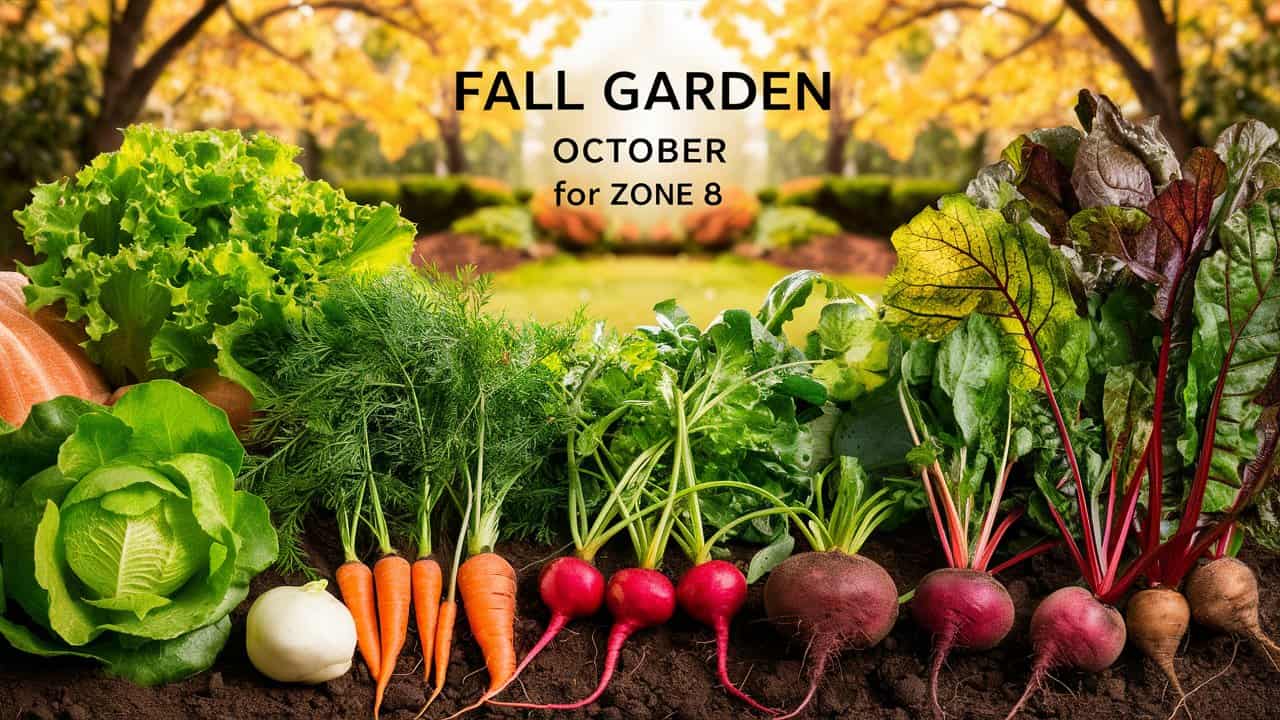As the summer heat starts to fade and the crisp autumn air rolls in, it’s time to start planning your fall garden in zone 8. The mild temperatures and ample rainfall of October create the perfect conditions for a bountiful harvest of cool-weather crops. In this blog post, we’ll explore some standout fall vegetables that thrive in zone 8 during this transitional season.
Arugula
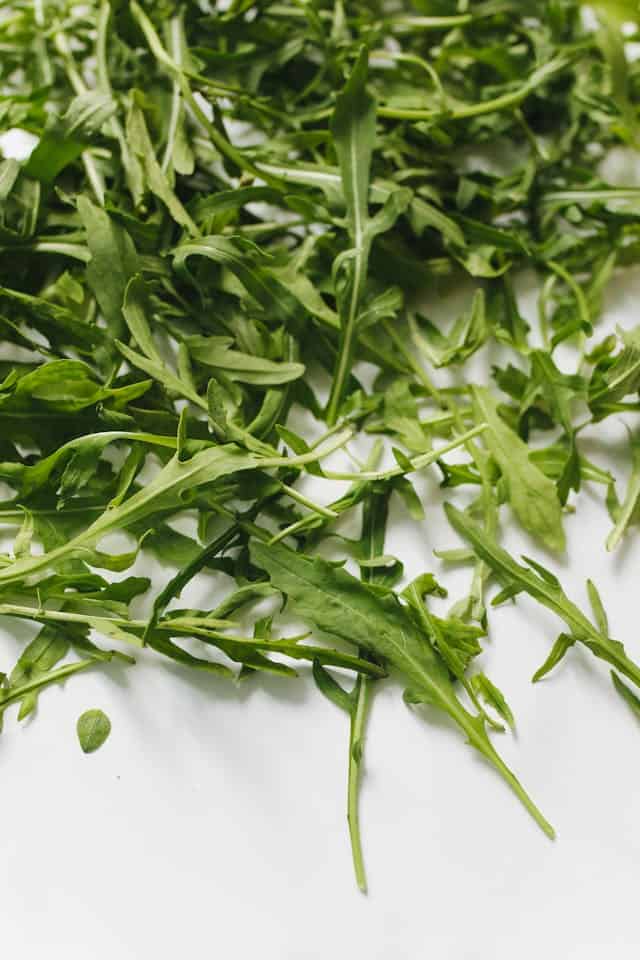
Arugula, also known as rocket, is a peppery, nutrient-dense green that flourishes in the mild fall weather of zone 8. This cool-weather loving plant can be sown directly in the garden in early to mid-October, providing you with a steady supply of flavorful leaves throughout the autumn months.
Arugula is packed with vitamins A, C, and K, as well as beneficial antioxidants. It has a distinctive, slightly bitter taste that pairs beautifully with roasted root vegetables, hearty grains, and tangy cheeses. To enjoy a continuous harvest, sow new seeds every 2-3 weeks.
When growing arugula in zone 8 in October, be sure to choose a spot that receives full sun to partial shade. The soil should be well-draining and rich in organic matter. Sow the seeds about 1/2 inch deep and 1 inch apart, thinning the seedlings to 4-6 inches once they’ve sprouted. Consistent moisture is key, so be sure to water regularly, especially during dry spells.
Beets

Beets are a versatile and nutritious root vegetable that thrive in the mild fall conditions of zone 8. October is the perfect time to sow beet seeds, as the cooler temperatures and ample rainfall provide the ideal growing conditions for these vibrant roots.
Beets are packed with essential vitamins and minerals, including folate, manganese, and potassium. They also contain betalains, a unique class of antioxidants that give beets their deep, rich color. Beets can be enjoyed roasted, pickled, or even raw in salads.
When planting beets in your zone 8 garden in October, choose a spot that receives full sun and has well-draining, nutrient-rich soil. Sow the seeds about 1 inch deep and 1 inch apart, thinning the seedlings to 4-6 inches once they’ve sprouted. Consistent moisture is crucial, so be sure to water regularly to prevent the roots from becoming tough and woody.
Broccoli

Broccoli is a cool-weather champion that thrives in the mild autumn conditions of zone 8. October is the perfect time to plant broccoli in your garden, as the plant prefers temperatures between 60-70°F for optimal growth and development.
Broccoli is an excellent source of vitamins C and K, as well as fiber and antioxidants. It can be enjoyed in a variety of ways, from roasted florets to raw in salads and slaws. Broccoli is also a versatile ingredient in soups, stir-fries, and casseroles.
When growing broccoli in your zone 8 garden in October, choose a spot that receives full sun and has well-draining, nutrient-rich soil. Transplant broccoli seedlings about 12-18 inches apart, and be sure to water regularly to keep the soil consistently moist. Mulching around the plants can also help retain moisture and suppress weeds.
Brussels Sprouts
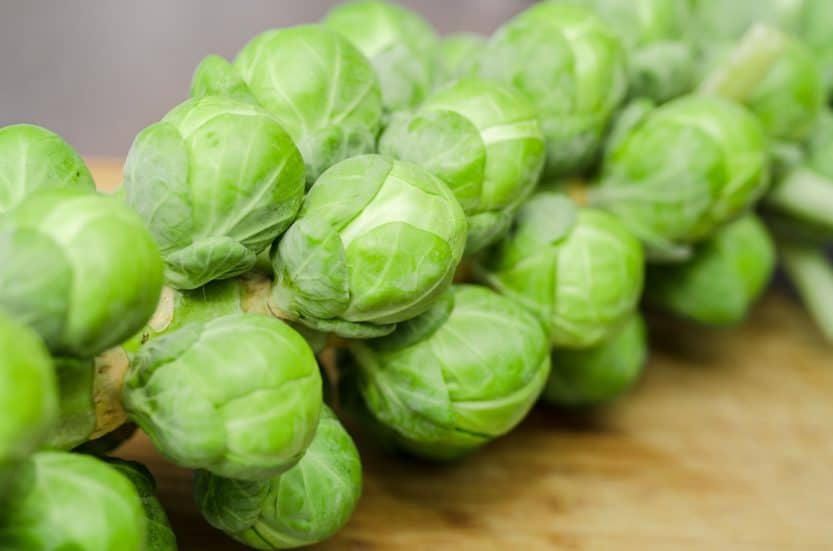
Brussels sprouts are a quintessential cool-weather crop that thrives in the mild autumn conditions of zone 8. These miniature cabbages are packed with vitamins, minerals, and antioxidants, making them a nutritional powerhouse.
In zone 8, Brussels sprouts can be planted in October, taking advantage of the cooler temperatures and ample rainfall. Choose a spot in your garden that receives full sun and has well-draining, nutrient-rich soil. Sow the seeds about 1/2 inch deep and 18-24 inches apart, or transplant seedlings at the same spacing.
As the plants grow, be sure to keep the soil consistently moist and consider adding a layer of mulch to help retain moisture and suppress weeds. Brussels sprouts can take 2-3 months to reach maturity, so be patient and enjoy the harvest in late fall or early winter.
Cabbage
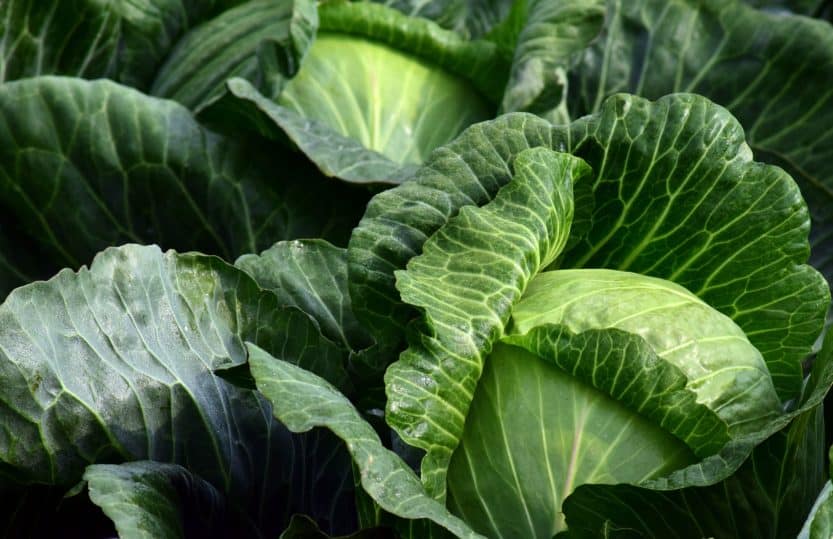
Cabbage is another cool-weather champion that flourishes in the zone 8 October garden. This versatile vegetable can be enjoyed in a variety of ways, from raw in slaws to cooked in soups and stir-fries.
When planting cabbage in your zone 8 garden, choose a spot that receives full sun and has well-draining, nutrient-rich soil. Sow the seeds about 1/2 inch deep and 12-18 inches apart, or transplant seedlings at the same spacing. Be sure to water regularly to keep the soil consistently moist.
As the cabbage heads begin to form, you can encourage their growth by gently pressing down on the outer leaves to expose the center. Harvest the heads when they are firm and fully developed, typically 2-3 months after planting.
Cauliflower
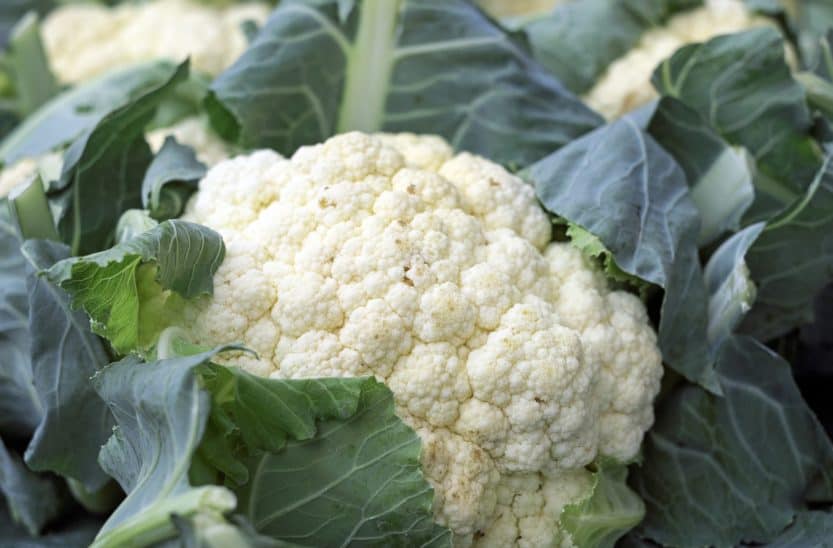
Cauliflower is a cool-weather vegetable that thrives in the mild autumn conditions of zone 8. This nutrient-dense crop is a member of the Brassica family, along with broccoli, cabbage, and Brussels sprouts.
When growing cauliflower in your zone 8 October garden, choose a spot that receives full sun and has well-draining, nutrient-rich soil. Sow the seeds about 1/2 inch deep and 18-24 inches apart, or transplant seedlings at the same spacing. Be sure to water regularly to keep the soil consistently moist.
As the cauliflower heads begin to form, you can encourage their growth by gently tying the outer leaves around the head to protect it from sunlight. This will help the head remain white and tender. Harvest the cauliflower when the head is firm and fully developed, typically 2-3 months after planting.
Carrots
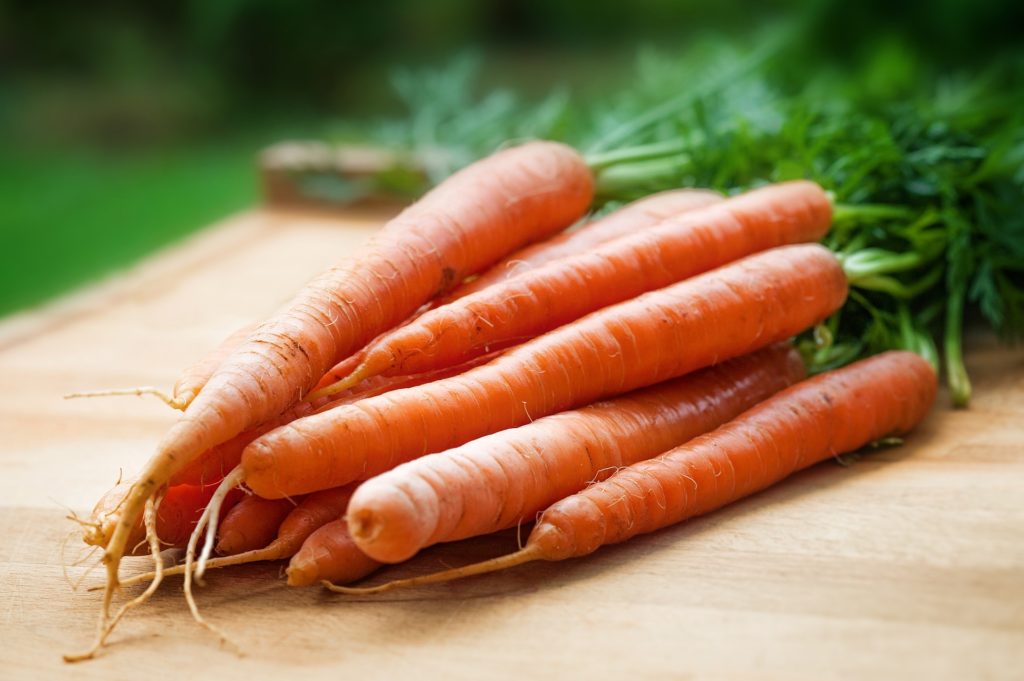
Carrots are a versatile and nutritious root vegetable that flourish in the mild autumn conditions of zone 8. October is the perfect time to sow carrot seeds, as the cooler temperatures and ample rainfall provide the ideal growing conditions for these vibrant roots.
Carrots are packed with essential vitamins and minerals, including beta-carotene, vitamin K, and potassium. They can be enjoyed raw in salads, roasted as a side dish, or even incorporated into soups and stews.
When planting carrots in your zone 8 garden in October, choose a spot that receives full sun and has well-draining, loose soil. Sow the seeds about 1/2 inch deep and 1 inch apart, thinning the seedlings to 2-3 inches once they’ve sprouted. Consistent moisture is crucial, so be sure to water regularly to prevent the roots from becoming tough and woody.
Collards
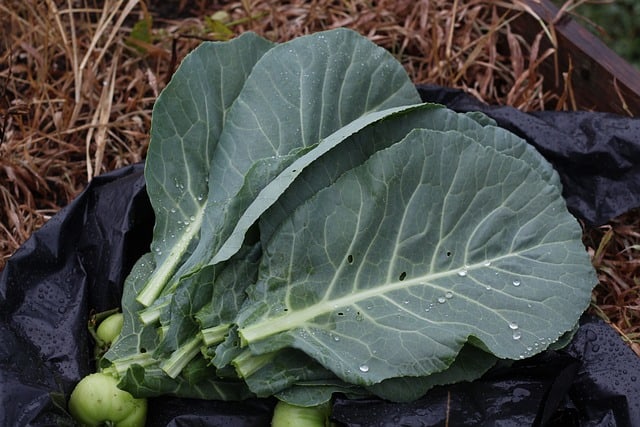
Collards are a hardy, nutrient-dense green that thrives in the mild autumn weather of zone 8. This member of the Brassica family is a close relative of kale and cabbage, and it’s a staple in many Southern cuisines.
Collards are packed with vitamins A, C, and K, as well as fiber and antioxidants. They have a slightly bitter, earthy flavor that pairs beautifully with savory dishes, such as braised collards with smoked meat or collard green wraps.
When growing collards in your zone 8 garden in October, choose a spot that receives full sun to partial shade and has well-draining, nutrient-rich soil. Sow the seeds about 1/2 inch deep and 12-18 inches apart, or transplant seedlings at the same spacing. Be sure to water regularly to keep the soil consistently moist.
Garlic
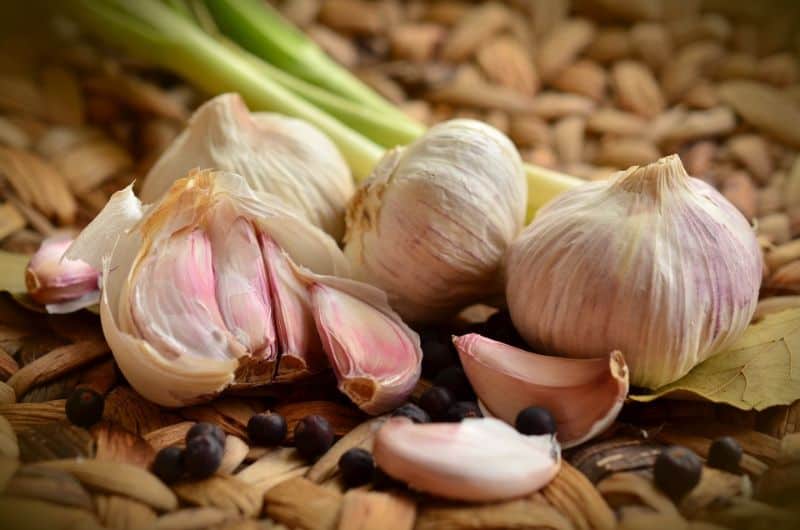
Garlic is a versatile and flavorful crop that thrives in the cool autumn conditions of zone 8. October is the perfect time to plant garlic, as the mild temperatures and ample rainfall provide the ideal growing conditions for this aromatic bulb.
Garlic is not only a culinary staple but also a powerhouse of nutrients, including vitamins C and B6, as well as antioxidants. It can be enjoyed in a variety of dishes, from roasted garlic cloves to garlic-infused oils and vinegar.
When planting garlic in your zone 8 garden in October, choose a spot that receives full sun and has well-draining, nutrient-rich soil. Separate the garlic bulb into individual cloves and plant them about 2 inches deep and 6 inches apart. Be sure to water regularly to keep the soil consistently moist, especially during dry spells.
Kale
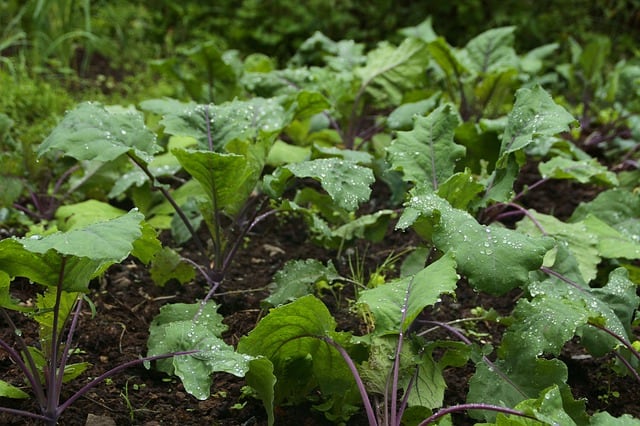
Kale is a hardy, nutrient-dense green that flourishes in the mild autumn conditions of zone 8. This member of the Brassica family is a true superfood, packed with vitamins A, C, and K, as well as fiber and antioxidants.
In zone 8, kale can be planted in October, taking advantage of the cooler temperatures and ample rainfall. Choose a spot in your garden that receives full sun to partial shade and has well-draining, nutrient-rich soil. Sow the seeds about 1/2 inch deep and 12-18 inches apart, or transplant seedlings at the same spacing.
As the kale plants grow, be sure to keep the soil consistently moist and consider adding a layer of mulch to help retain moisture and suppress weeds. Kale can tolerate light frosts, making it a versatile and long-lasting addition to your fall garden.
Lettuce
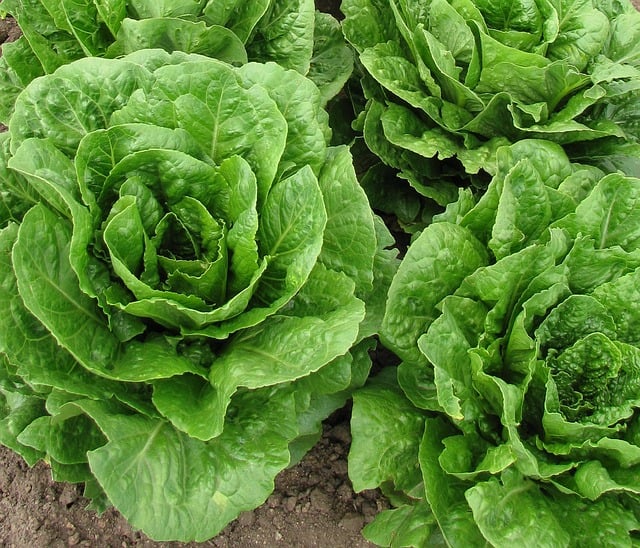
Lettuce is a cool-weather champion that flourishes in the zone 8 October garden. This leafy green can be enjoyed in a variety of ways, from fresh salads to wraps and sandwiches.
When planting lettuce in your zone 8 garden, choose a spot that receives full sun to partial shade and has well-draining, nutrient-rich soil. Sow the seeds about 1/4 inch deep and 6-12 inches apart, or transplant seedlings at the same spacing. Be sure to water regularly to keep the soil consistently moist.
Lettuce grows quickly in the mild autumn conditions, so you can enjoy a continuous harvest by sowing new seeds every 2-3 weeks. Consider planting a mix of lettuce varieties, such as romaine, butterhead, and loose-leaf, to add diversity to your fall salads.
Peas
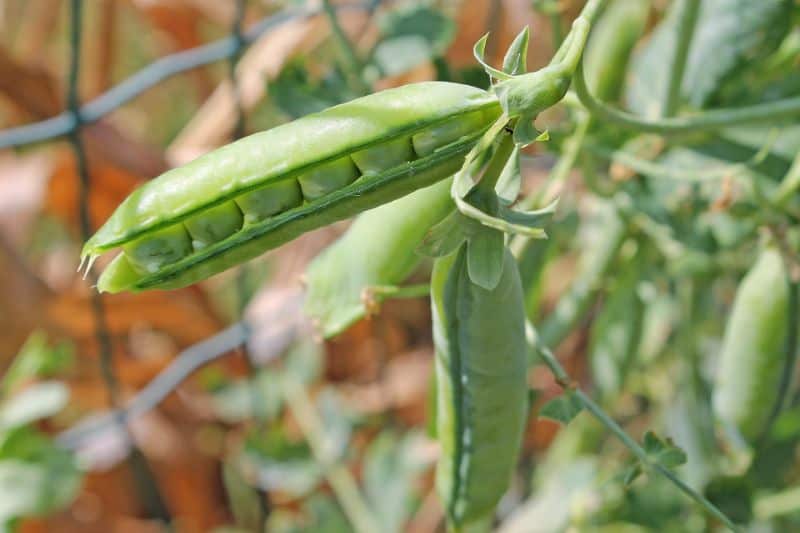
Peas are a cool-weather vegetable that thrive in the mild autumn conditions of zone 8. This legume is a versatile addition to the fall garden, as it can be enjoyed fresh, frozen, or even dried.
When growing peas in your zone 8 October garden, choose a spot that receives full sun and has well-draining, nutrient-rich soil. Sow the seeds about 1 inch deep and 2-3 inches apart, or transplant seedlings at the same spacing. Be sure to provide a trellis or support system for the vines to climb.
Peas grow quickly in the cool autumn weather, so you can enjoy a bountiful harvest in as little as 60-90 days after planting. Consider sowing a mix of early, mid, and late-season pea varieties to extend your harvest window.
Radish
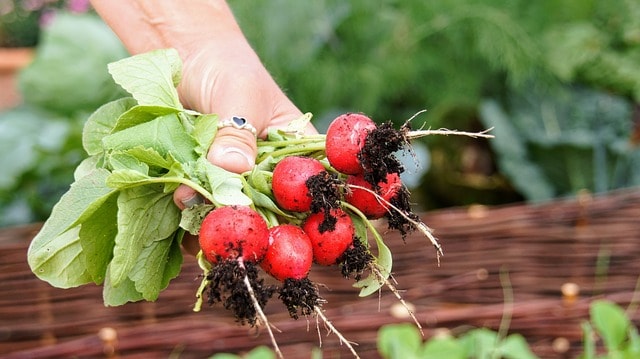
Radishes are a quick-growing, versatile root vegetable that flourish in the mild autumn conditions of zone 8. These crunchy, peppery roots are packed with vitamins and minerals, making them a nutritious addition to any fall garden.
In zone 8, radishes can be planted in October, taking advantage of the cooler temperatures and ample rainfall. Choose a spot in your garden that receives full sun and has well-draining, nutrient-rich soil. Sow the seeds about 1/2 inch deep and 1 inch apart, thinning the seedlings to 2-3 inches once they’ve sprouted.
Radishes grow quickly, with some varieties reaching maturity in as little as 3-4 weeks. Be sure to water regularly to keep the soil consistently moist, as this will help prevent the roots from becoming tough and woody. Harvest the radishes when they are crisp and vibrant, and enjoy them raw in salads or as a crunchy snack.
Spinach
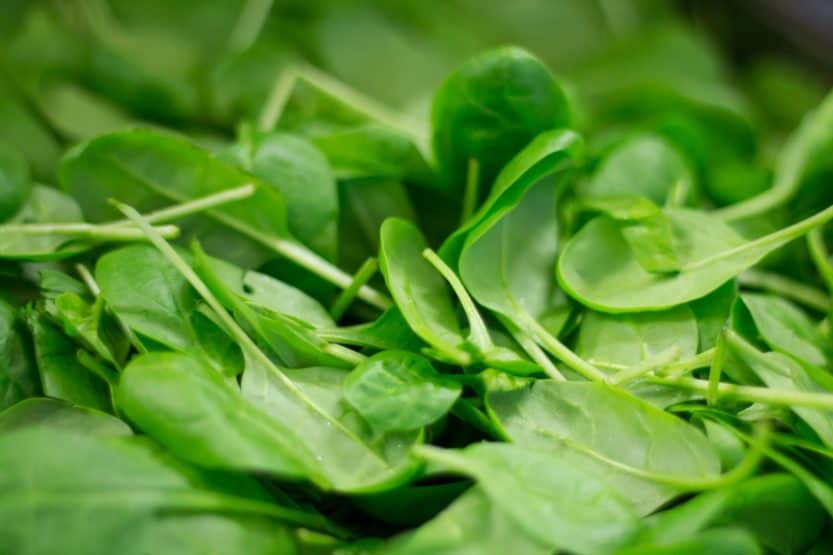
Spinach is a cool-weather superstar that thrives in the mild autumn conditions of zone 8. This nutrient-dense green is packed with vitamins A, C, and K, as well as iron and folate, making it a powerhouse of nutrition.
When planting spinach in your zone 8 garden in October, choose a spot that receives full sun to partial shade and has well-draining, nutrient-rich soil. Sow the seeds about 1/2 inch deep and 2-3 inches apart, or transplant seedlings at the same spacing. Be sure to water regularly to keep the soil consistently moist.
Spinach grows quickly in the cool autumn weather, so you can enjoy a continuous harvest by sowing new seeds every 2-3 weeks. Consider planting a mix of spinach varieties, such as baby spinach, savoy, and semi-savoy, to add diversity to your fall salads and sautés


